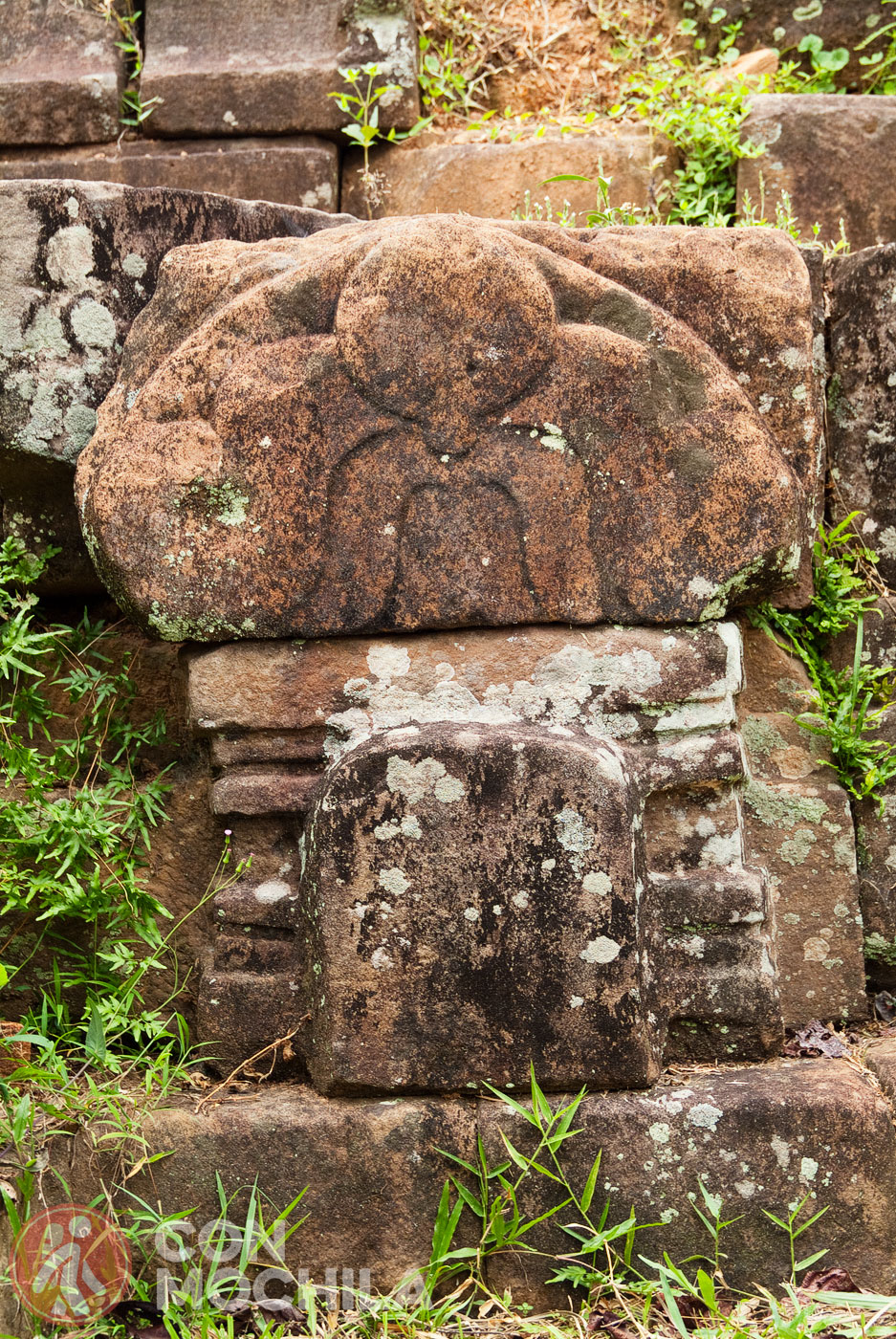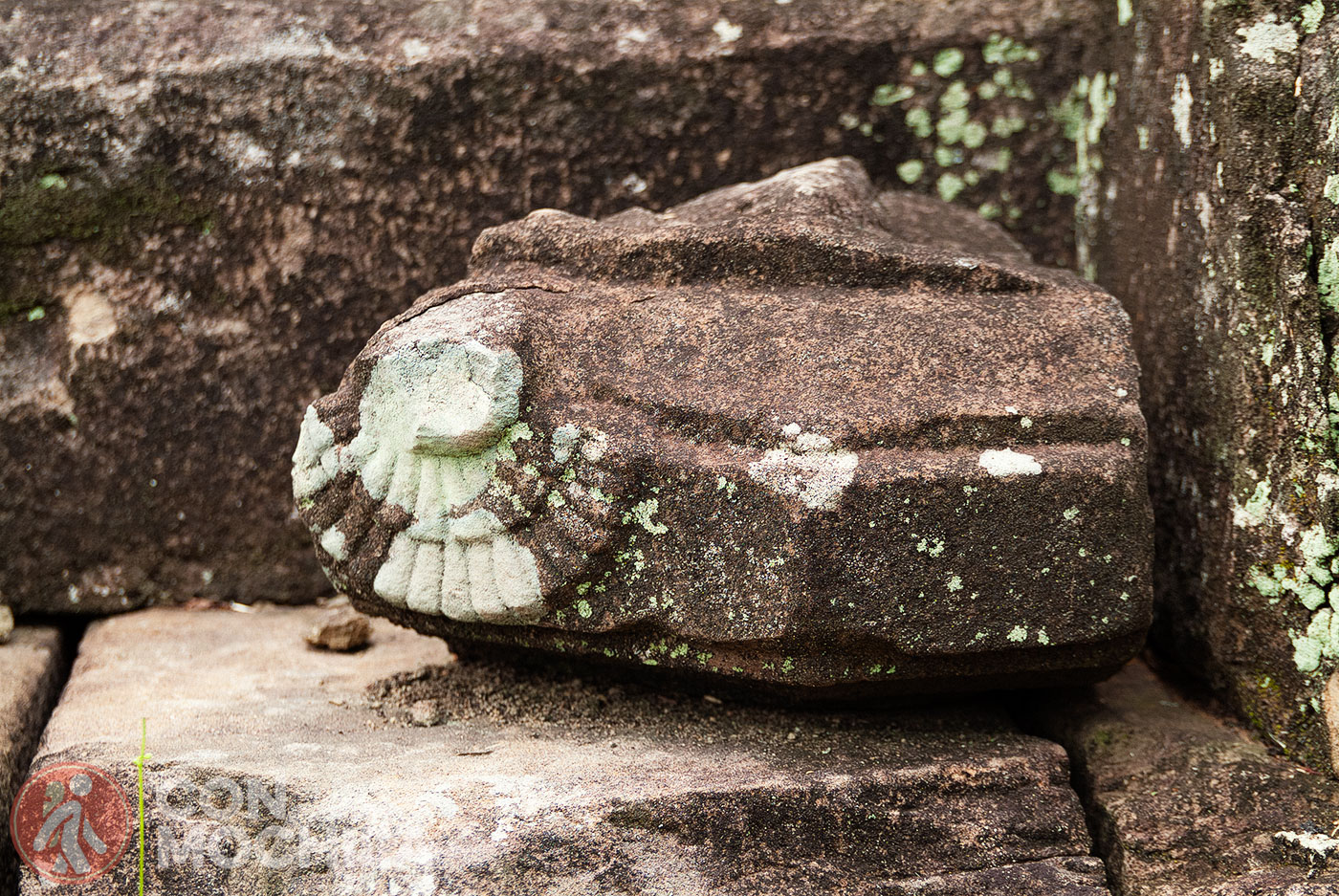The My Son Sanctuary in Vietnam is a collection of abandoned and partially ruined Hindu temples, making it one of the most fascinating places to visit on a day trip from Hoi An. This site belonged to the ancient kingdom of Champa and is often compared to Angkor, Bagan, Ayutthaya, and Borobudur—though on a much smaller scale.
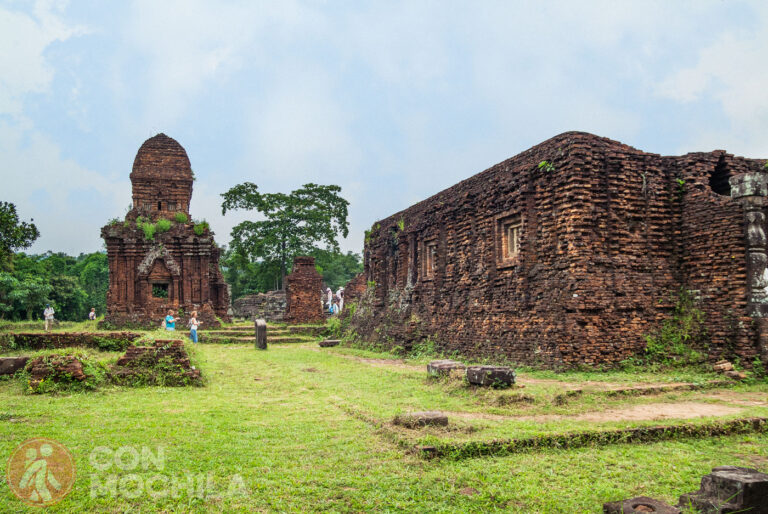
These Hindu temples were built by the Champa kings (Chiêm Thành) to honor Shiva (also known as Bhadreshvara) between the 4th and 14th centuries. As one of the most significant archaeological remains of Cham civilization, UNESCO declared My Son a World Heritage Site.
My Son is located near Duy Phú village (Duy Xuyên district, Quang Nam province). The best ways to get there are by car, taxi, bus, or motorbike.
A more convenient and enriching option is to book a tour, which you can do from either Hoi An or Danang, depending on what works best for you.
My Son is an archaeological site featuring 70 temples and structures, situated in Quang Nam province, inside a valley approximately 2 kilometers wide. It is Vietnam’s most important Cham site and one of the most significant Hindu temple complexes in Southeast Asia.
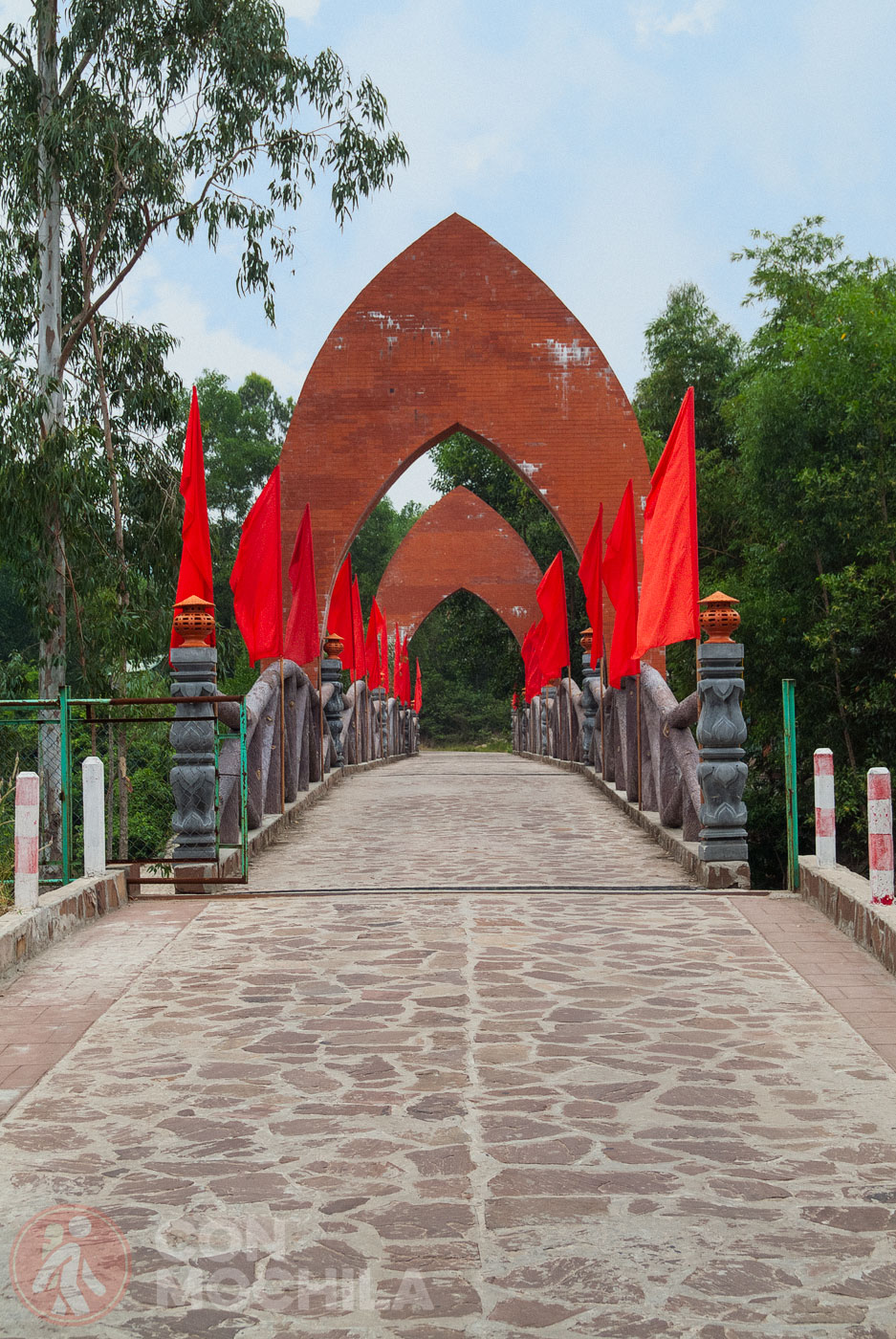
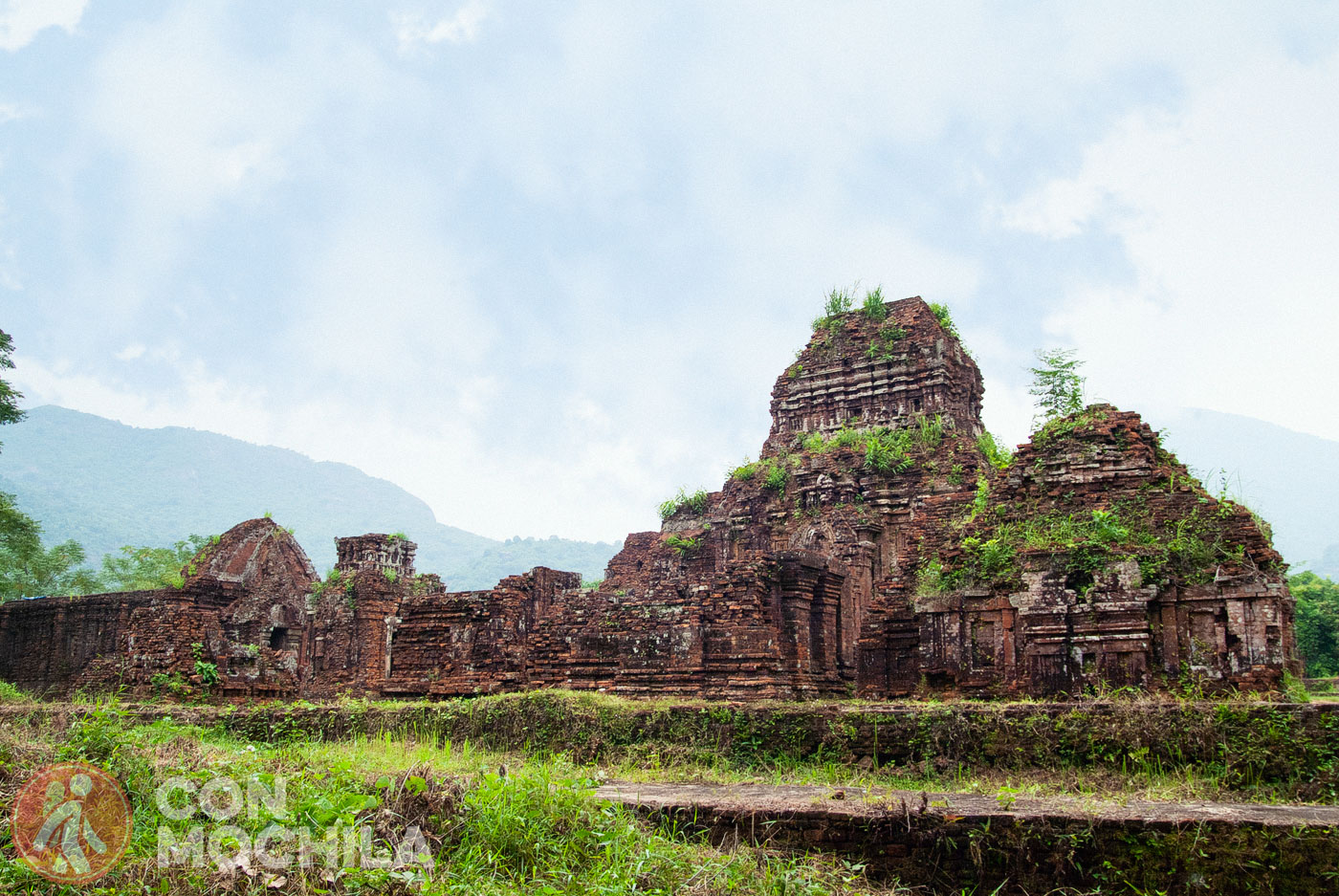
Historical records indicate that over 70 temples and tombs once stood in My Son Sanctuary. However, evidence suggests that even earlier structures may have existed but have since disappeared over time.
My Son became a major religious center in the 4th century and remained occupied until the 13th century, making it the longest continuously used religious site in Southeast Asia. Most temples were dedicated to Champa kings associated with Shiva, who was considered the founder of the Champa dynasties.
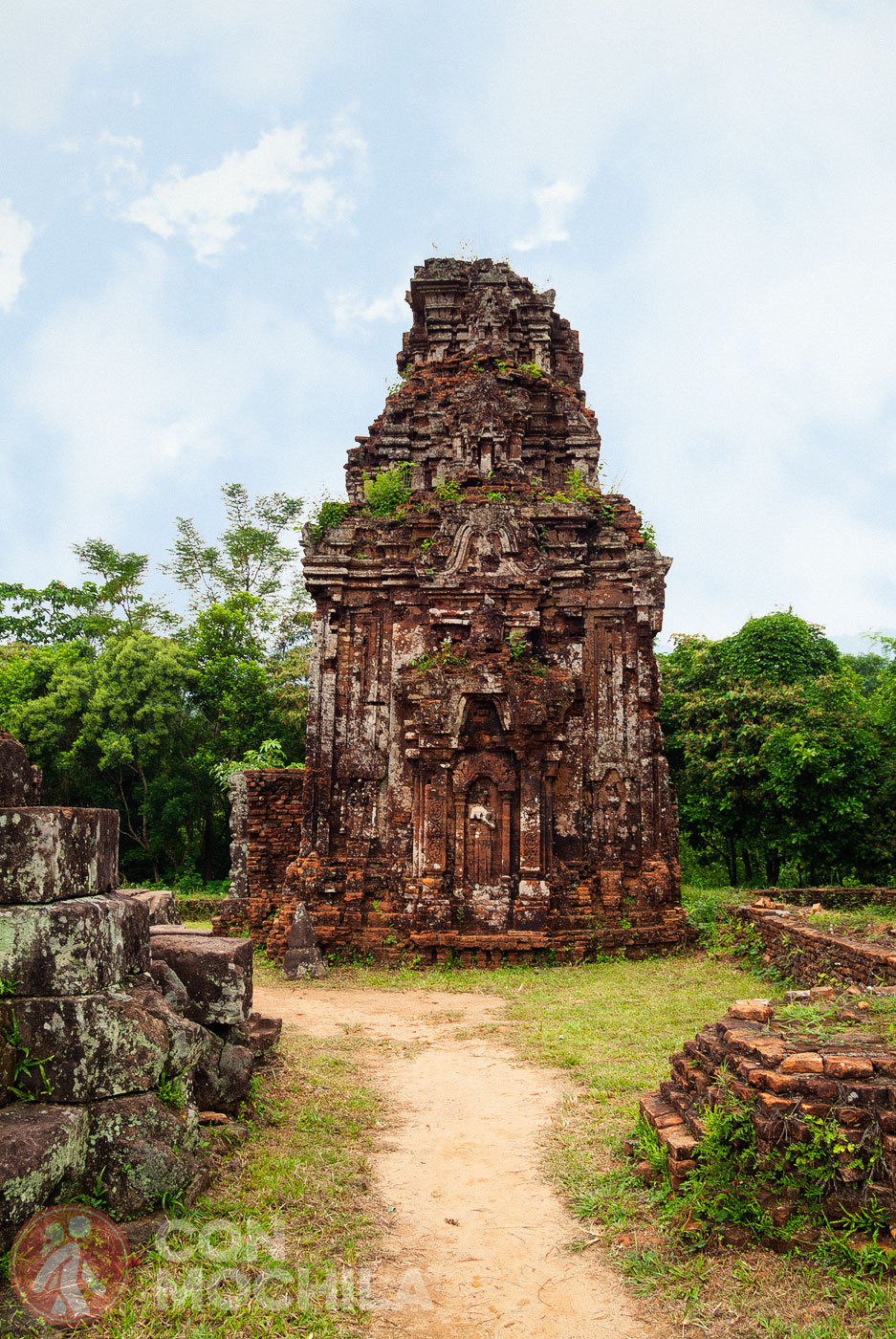
Throughout its history, My Son hosted religious ceremonies for Champa kings, served as a royal burial site for kings, princesses, and those who were considered national heroes.
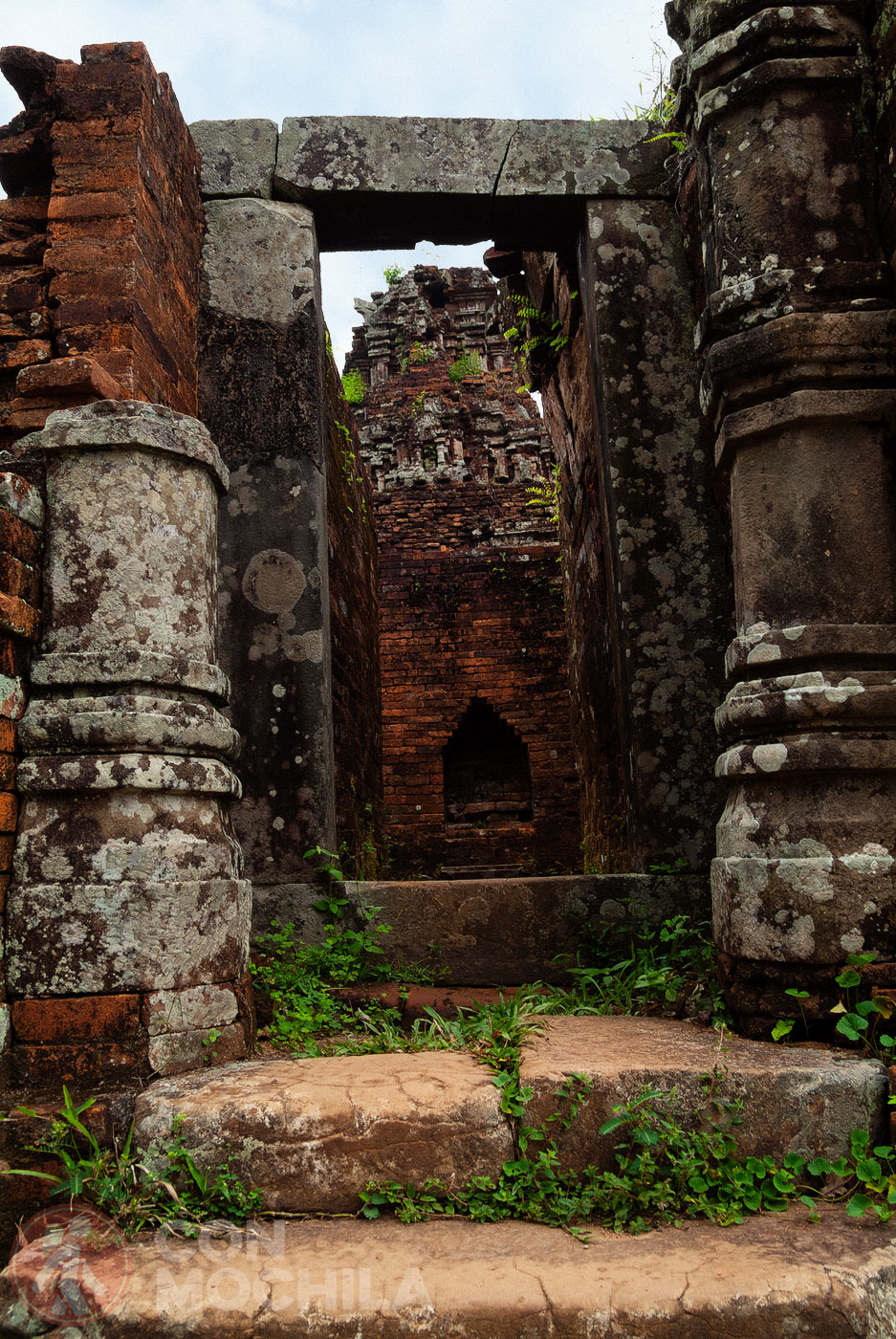
One of the most fascinating aspects of this Hindu sanctuary is that it was forgotten for centuries. It wasn’t rediscovered until 1885, when it was found by the French.
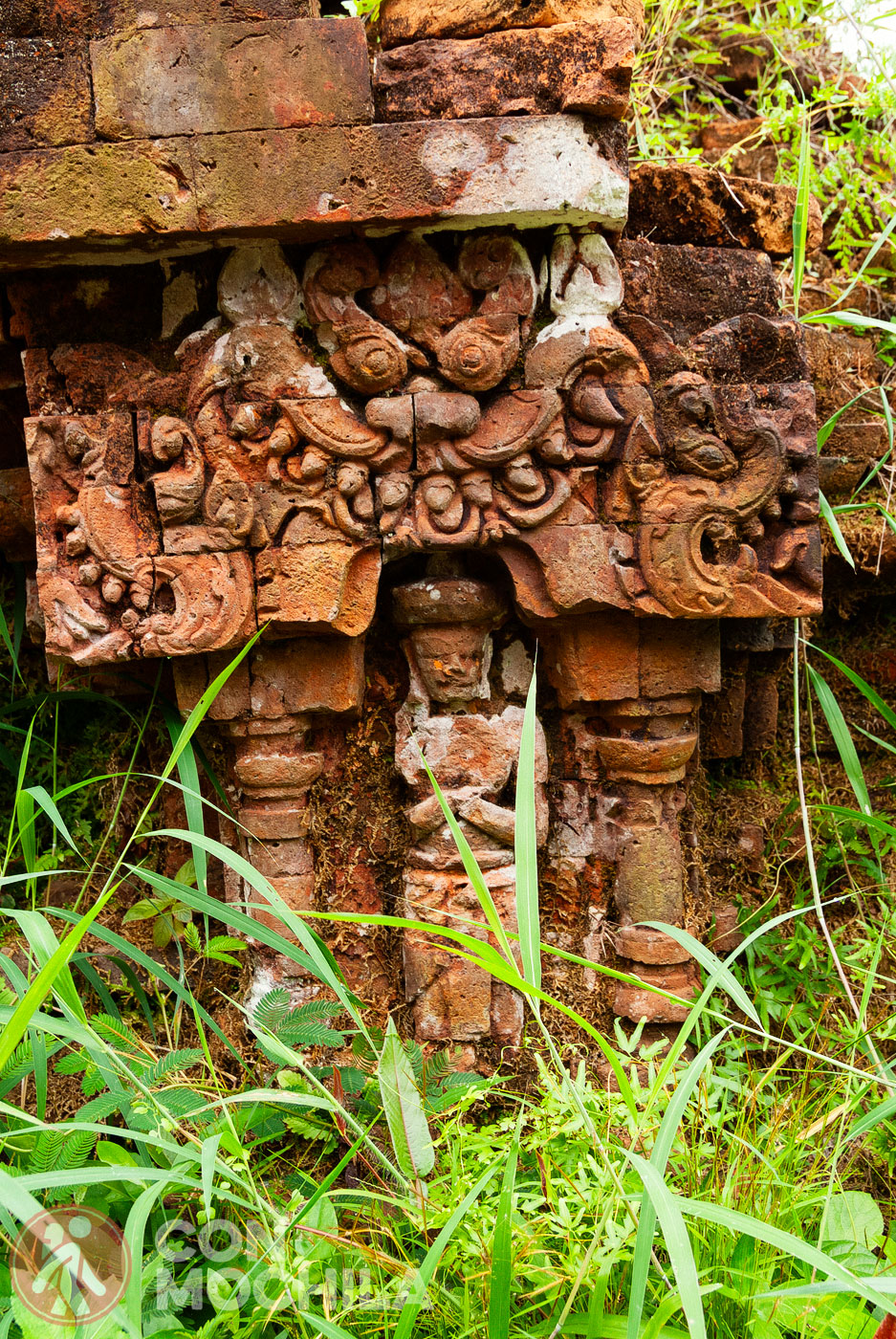
Another remarkable fact about My Son is that its temples were constructed using bricks without any cement. Instead, it is believed that the builders used a vegetable oil-based paste to bond the bricks together.
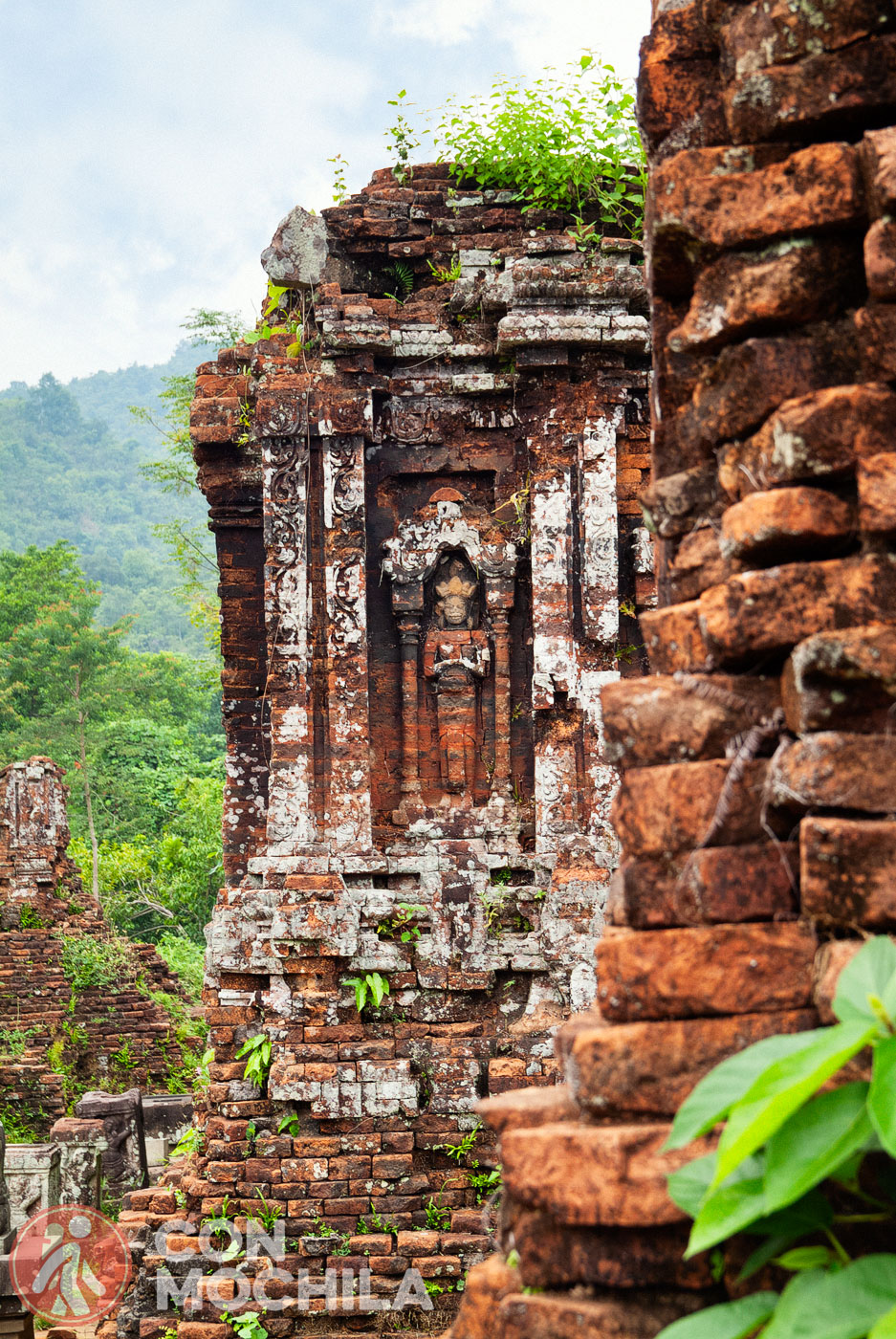
Despite years of natural decay and bombing during the Vietnam War, 20 buildings have survived, and the current state of preservation is relatively good.
The monuments at My Son are categorized into 10 groups, labeled with letters (A, A’, B, C, D, E, F, G, H, and K), followed by a number. Each structure had a distinct purpose—some were dedicated to kings, others were temples for Shiva, one was a repository for sacred texts, and others honored the gods of the cardinal directions.
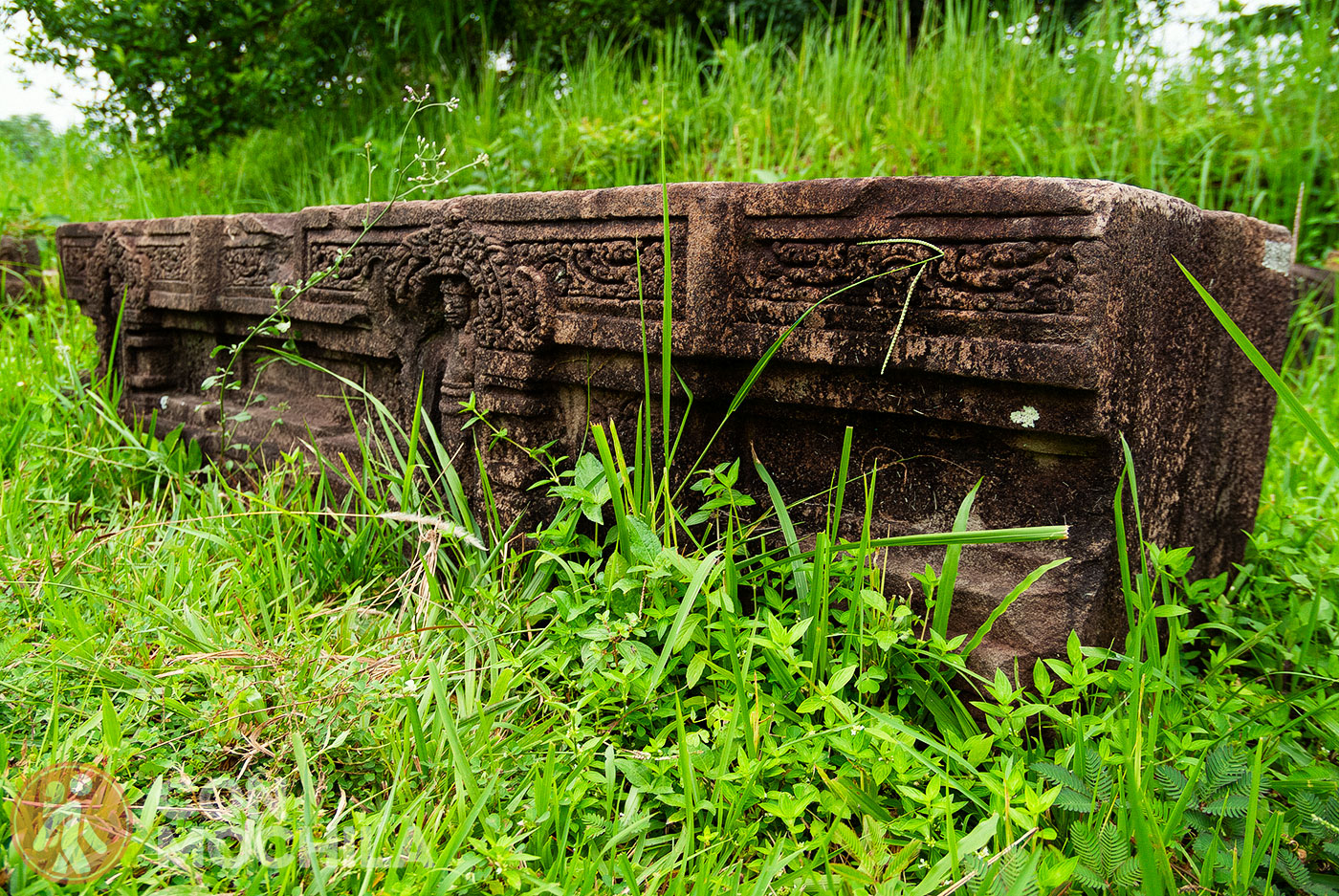
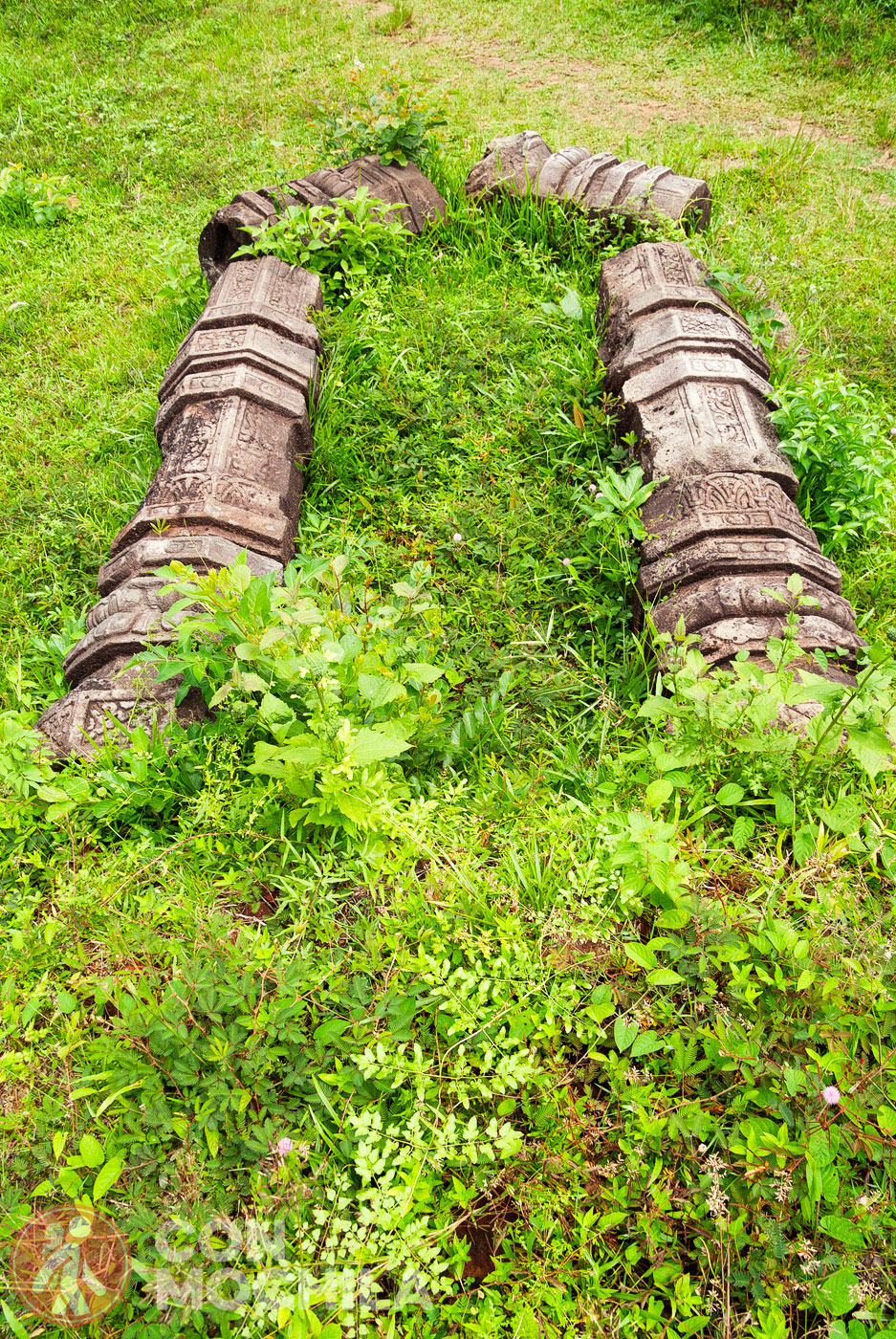
The site also features Cham-era sculptures and sandstone blocks engraved with ancient symbols and inscriptions. The most important groups to visit are B, C, and D. A thorough walk through the sanctuary will allow you to appreciate these intricate details.
